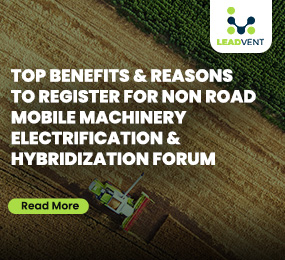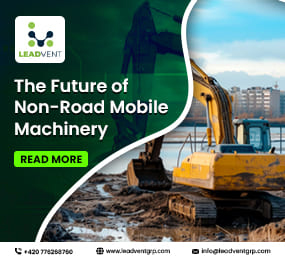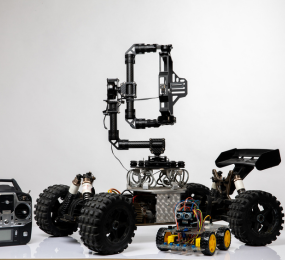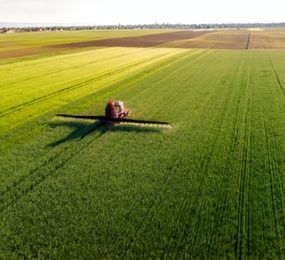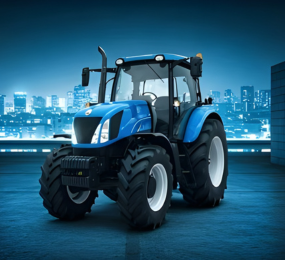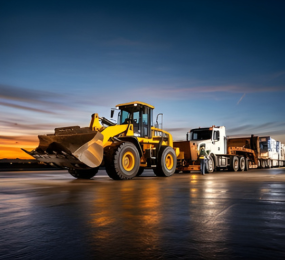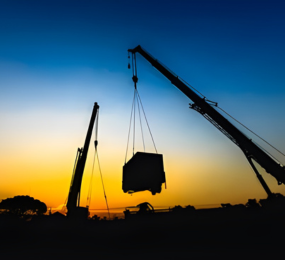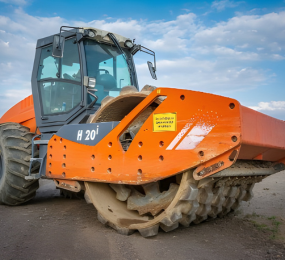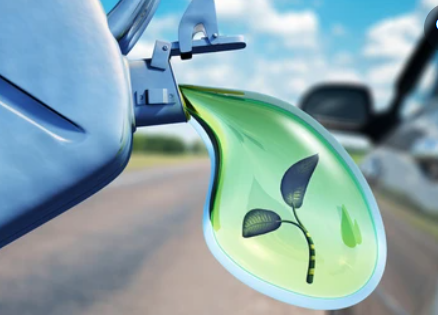Electrifying Heavy Duty: The Path to Decarbonizing Non-Road Mobile Machinery
When we talk about emissions in transport, the conversation often centers around passenger vehicles and road freight. But there’s a significant piece of the puzzle that operates beyond highways and city streets—Non-Road Mobile Machinery (NRMM). These are the heavy-duty engines that power construction equipment, agricultural vehicles, airport ground support units, mining machinery, and more. And while they may be less visible, their impact is massive.
NRMM contributes a substantial share of CO? emissions and particulate pollution—especially in urban construction zones and industrial regions. For decades, these machines have relied on diesel engines due to the need for high torque and reliability in off-grid environments. But as pressure mounts to meet climate goals and reduce air pollution, the sector is entering a long-overdue transformation.
The Push Toward Electrification
Electrification is emerging as a key solution, driven by technological progress, policy incentives, and growing demand for clean alternatives. Electric construction machinery—such as excavators, wheel loaders, and compactors—are already being piloted in European cities where zero-emission zones are expanding.
Battery technology has made remarkable strides in energy density and charging speed, making electric NRMM more feasible than ever. For smaller and medium-sized equipment, electrification can already match the performance of diesel counterparts. For larger machines, hybrid systems or tethered electric power solutions are gaining traction.
Decarbonization Beyond Batteries
Electrification isn’t the only path. Hydrogen fuel cells, biofuels, and synthetic fuels are being tested for larger, long-duration machinery where battery limits remain a challenge. Meanwhile, digital tools and telematics help operators monitor fuel consumption and emissions in real time, creating smarter workflows that cut carbon while improving efficiency.
Manufacturers are also rethinking design from the ground up—lightweighting machinery, improving hydraulic systems, and introducing modular components that extend equipment lifespan and reduce embedded emissions.
The Role of Regulation and Industry Collaboration
Regulatory momentum is picking up. The European Commission is tightening emissions standards for NRMM, and cities are creating demand through green public procurement. Simultaneously, partnerships between manufacturers, contractors, and technology developers are accelerating innovation.
However, challenges remain. Charging infrastructure at construction and mining sites is limited, initial costs of electric machinery can be steep, and resale markets are still evolving. Addressing these issues will be critical to unlocking mass adoption.
Takeaway Point
The electrification and decarbonization of non-road mobile machinery mark a turning point in how we build, farm, mine, and move. It’s not just about cleaner engines—it’s about reimagining entire operations for a sustainable future. As technology matures and regulations align, NRMM stands poised to become a surprising yet essential driver of decarbonization in the decades ahead.
Learn more on our website: https://www.leadventgrp.com/events/2nd-annual-non-road-mobile-machinery-electrification-and-decarbonization-forum/details
For more information and group participation, contact us: [email protected] .
Leadvent Group - Industry Leading Events for Business Leaders!
www.leadventgrp.com | [email protected]


